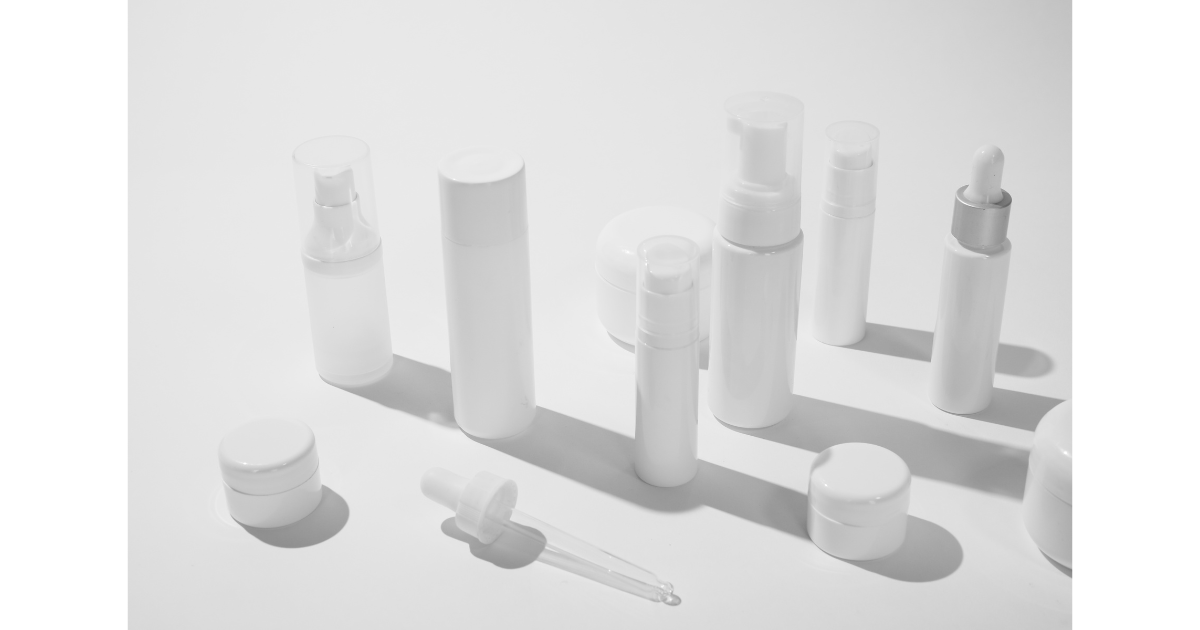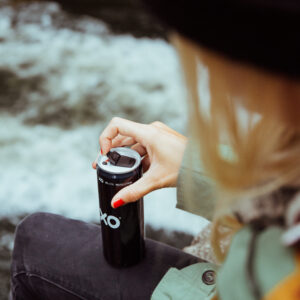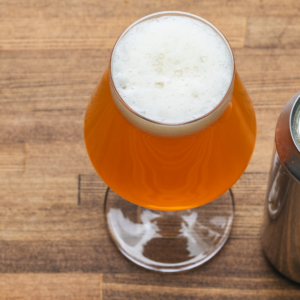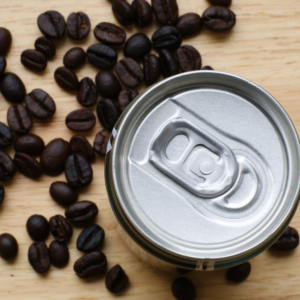Innovative Design Approaches That Balance Aesthetics, Functionality, and Sustainability in Today’s Competitive Personal Care Market
Personal care packaging does more than just contain a product—it tells a story. It influences first impressions, reinforces brand identity, and drives purchasing decisions. As consumer preferences evolve, brands must embrace emerging design trends to stay competitive and forge meaningful connections.
From minimalist aesthetics to smart technology integration, here’s a comprehensive look at the key design trends shaping the future of personal care packaging.

Minimalism Meets Functionality
Simplicity is making a bold statement in today’s market. Clean, uncluttered designs with soft hues and straightforward typography resonate with consumers who value authenticity and transparency. But this trend extends beyond aesthetics to embrace thoughtful design choices that enhance user experience.
The minimalist movement has evolved to include packaging materials, with brands choosing recycled glass, aluminum, and bioplastics that communicate sustainability without sacrificing sophistication. This design philosophy manifests in several key ways:
- Intuitive Closures: From airless pumps for semi-solid formulas to magnetic closures for cosmetics, user-friendly packaging enhances convenience while preserving product integrity. Precision dosing pumps dispense exactly what’s needed, reducing waste and extending product life.
- Clear Information Architecture: Today’s consumers demand transparency. Legible fonts, minimal wording, and ingredient-forward labeling build trust. Brands use hierarchy of information to guide consumers’ eyes to what matters most, while integrated QR codes provide additional information without cluttering the package.
- Ergonomic Design: Streamlined shapes that fit naturally in the hand create a satisfying user experience. Brands are moving away from complex shapes that complicate recycling, embracing geometric simplicity with thoughtful details like thumb indentations or balanced weight distribution.

The most successful minimalist packaging understands that the goal isn’t removing elements until nothing remains, but distilling the design to its most essential, purposeful components.
The Rise of Eco-Aesthetics
Sustainability has evolved from a differentiator to a baseline expectation. What began as simply using recycled materials has transformed into a sophisticated design language that communicates environmental values at a glance.
This new visual vocabulary bridges the gap between sustainability commitments and premium brand positioning through several distinctive elements:
- Tactile Experiences: Uncoated, matte finishes mimic natural materials, creating a sensory experience that reinforces eco-conscious messaging. Innovations like “touch-responsive” surfaces change slightly with body heat, creating an intimate connection between consumer and product.
- Dimensional Techniques: Embossing and debossing add sophistication without additional materials. These techniques offer depth and visual interest while aligning with sustainability goals and helping products stand out on retail shelves.
- Textured Elements: Subtle textural variations can intuitively communicate product benefits—slightly rougher surfaces for exfoliating products or ultra-smooth finishes for moisturizers—creating connections between package and formula.

The most effective eco-aesthetic packaging incorporates clear environmental communication. Standardized iconography indicating compostability, recycled content percentage, or water savings allows consumers to quickly assess environmental credentials. Meanwhile, elegantly integrated QR codes provide access to detailed sustainability reports and proper disposal instructions without cluttering the design.

Personalization and Limited Editions
In an era where consumers crave unique experiences, personalization has become a powerful differentiator. The shift from mass production to mass customization represents one of the most significant transformations in the packaging industry.
- Digital Customization: Advances in digital printing allow brands to create packaging with personalized elements—from custom names to user-generated content. These personal touches foster deeper brand connections and enhance loyalty.
- Strategic Limited Releases: Special-edition packaging drives excitement and urgency. Sophisticated brands have developed tiered exclusivity models, with some featuring gradually changing designs that reveal different elements over time, encouraging collection and repeat purchases.
- Flexible Manufacturing: The personalization trend has transformed production processes. Modular packaging systems—standard bases with customizable tops, interchangeable sleeves, or add-on elements—enable brands to offer personalization while maintaining reasonable production costs.
The most successful implementations balance technological possibilities with authentic brand storytelling, creating packaging experiences that feel both personal and purposeful.

Smart Packaging Integration
Technology continues to transform the consumer experience, allowing packaging to become more interactive and informative. Smart packaging bridges the physical and digital worlds, offering enhanced convenience and engagement opportunities:
- Connected Experiences: QR codes and NFC tags lead to tutorials, ingredient information, or sustainability impact reports, extending the consumer relationship beyond the physical product.
- Augmented Reality: AR-enabled packaging brings products to life through virtual try-ons, animated brand stories, or interactive ingredient explanations.
- Sustainable Behaviors: Smart labels can remind consumers when it’s time for a refill or offer incentives for sustainable habits, reinforcing positive environmental actions.
These digital touchpoints enhance the consumer experience while positioning brands at the forefront of innovation, creating valuable data collection opportunities and opening new channels for ongoing customer relationships.
Conclusion
Looking forward, personal care packaging will continue to be defined by clean aesthetics, sustainable storytelling, personalization, and digital connectivity. The most successful brands will incorporate these trends while staying true to their core identity and values.
By embracing these design directions, brands can create packaging that not only protects and presents products effectively but also tells compelling stories, builds emotional connections, and supports sustainability goals. In today’s competitive marketplace, innovative packaging isn’t just a nice-to-have—it’s essential for brands looking to stand out and connect with increasingly discerning consumers.
At Gamer Packaging, we specialize in innovative solutions that help brands stay ahead of these trends. Whether you’re looking for sleek minimalist designs, eco-conscious materials, or interactive smart packaging, our team can bring your vision to life.
Ready to future-proof your packaging? Contact us today to explore how we can elevate your personal care brand with cutting-edge design and functionality.
Keep Exploring: More Insights & Trends
- Packaging That Protects: Why Safety Sells in Beverage Packaging
- Spirits Packaging Trends Shaping the Industry in 2025 and Beyond
- How Smarter Packaging Drives Premium Value and Less Waste
- Bottles vs. Cans: What’s Best for Your Craft Beer Brand?
- From Taproom to Takeout: How Craft Beer Packaging is Evolving with Consumer Behavior
- What’s Brewing: RTD Coffee and Packaging Trends to Watch






